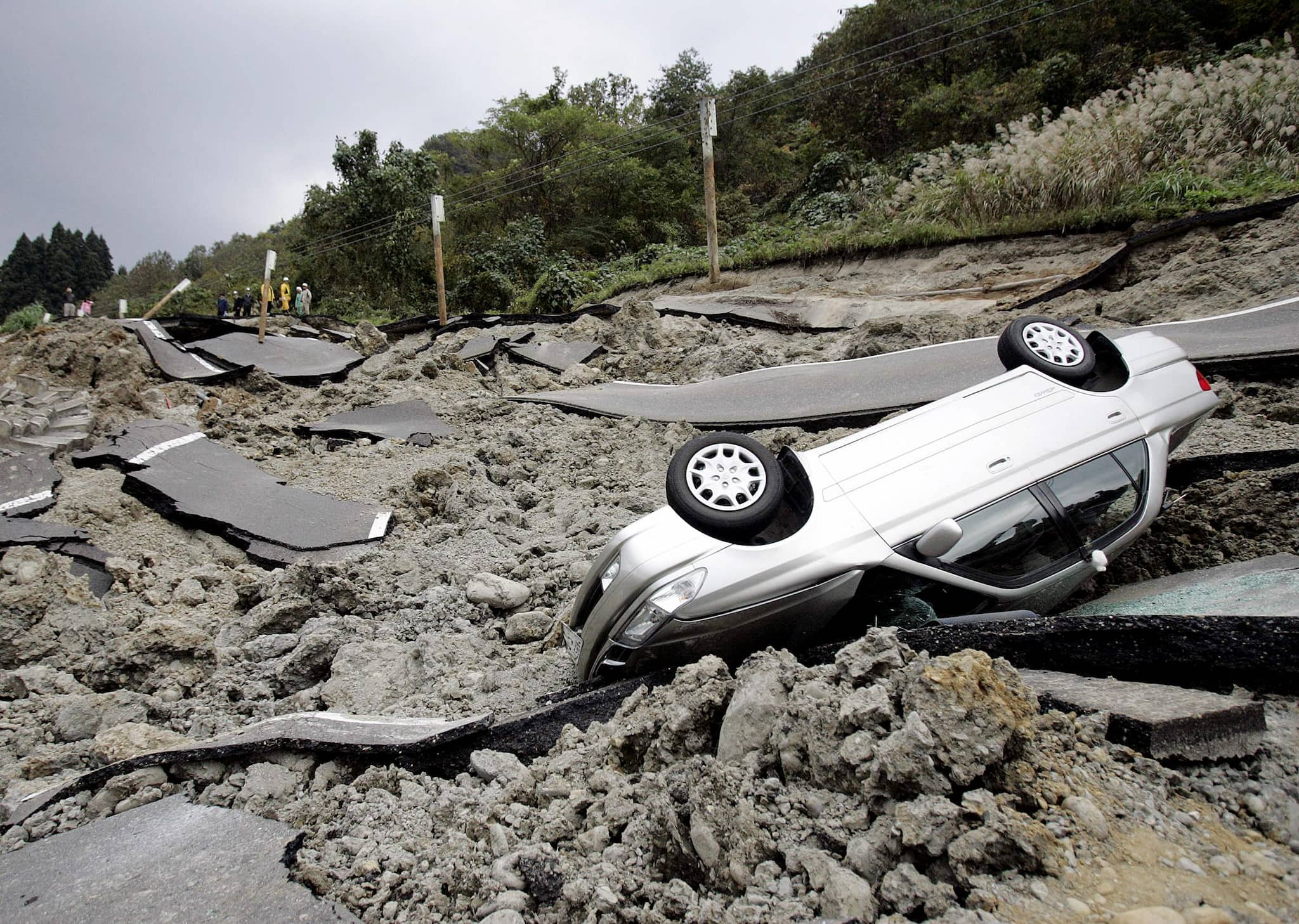 |
|
On Wednesday, a significant seismic event shook the Far Eastern Kamchatka Peninsula in Russia, registering a magnitude of 8.7. This powerful earthquake, a force of nature unleashed, triggered a tsunami that reached heights of up to four meters, equivalent to approximately 13 feet. The immediate consequences were widespread evacuations of coastal areas and reports of structural damage to buildings within the region. As emergency services were swiftly deployed to assess the situation and provide assistance, residents in areas considered high-risk were strongly advised to remain vigilant, bracing themselves for potential aftershocks and the possibility of secondary waves generated by the initial seismic disturbance. The full extent of the destruction and any potential casualties were, at the time of the initial reports, still being determined, painting a picture of uncertainty and anticipation as authorities worked diligently to gather information and respond to the unfolding crisis. The news of the Kamchatka earthquake served as a stark reminder of the immense power of nature and the vulnerability of coastal communities to seismic activity. It also prompted a retrospective look at some of the most devastating earthquakes in recorded history, events that have shaped our understanding of the planet's geological processes and the challenges of living in earthquake-prone regions.
The article then delves into a historical overview of several of the most powerful earthquakes ever documented, providing a sobering perspective on the destructive potential of these natural disasters. First on the list is the 1960 Chilean earthquake, which holds the record as the strongest earthquake ever recorded, with a staggering magnitude of 9.5. This cataclysmic event, which struck on May 22, 1960, not only devastated Chile but also triggered a Pacific-wide tsunami that caused death and destruction in distant locations such as Hawaii, Japan, and the Philippines. Within Chile itself, the earthquake claimed the lives of approximately 1,655 people and left over two million individuals homeless, underscoring the immense human cost of such a powerful seismic event. The earthquake struck at approximately 15:00 local time and lasted for an astonishing 10 minutes, a testament to the sheer magnitude of the geological forces at play. The next earthquake highlighted in the article is the 1964 Alaskan earthquake, also known as the "Good Friday Earthquake," which occurred on March 28, 1964. This earthquake, with a magnitude of 9.2, lasted for approximately four minutes and claimed the lives of 131 people. While the death toll was lower than that of the Chilean earthquake, the Alaskan earthquake still caused significant damage and disruption to the region.
Another notable earthquake mentioned in the article is the 2004 Indian Ocean earthquake, which struck off the coast of northern Sumatra, Indonesia, on December 26, 2004. This earthquake, with a magnitude of 9.1, triggered a massive tsunami that devastated 14 countries across Asia and Africa. The tsunami caused widespread death and destruction, with the total death toll estimated to be in the hundreds of thousands. The 2004 Indian Ocean earthquake is considered one of the deadliest natural disasters in recorded history. Furthermore, the article mentions the 2011 Tōhoku earthquake and tsunami, which struck near Japan's east coast on March 11, 2011. This earthquake, with a magnitude of 9.0, killed over 15,000 people and displaced around 130,000. The damage caused by the earthquake and subsequent tsunami exceeded 309 billion US dollars, making it the most expensive natural disaster ever recorded. The resulting tsunami, with waves reaching up to 97 feet in some areas, impacted the entire Pacific region, highlighting the far-reaching consequences of such a powerful seismic event. The article then references a 9.0-magnitude earthquake struck Russia’s Kamchatka Peninsula on November 4, 1952. Remarkably, it caused no reported fatalities, though this may have been due to the remoteness of the area and lower population density compared to other areas affected by major quakes. Each of these historical accounts underscores the devastating power of earthquakes and tsunamis, emphasizing the importance of preparedness, early warning systems, and robust infrastructure to mitigate the impact of these natural disasters on human lives and communities.
The comparison of these seismic events highlights the diverse factors that contribute to the overall impact of an earthquake, including the magnitude, location, depth, and the vulnerability of the affected population. While magnitude serves as a primary measure of the earthquake's strength, the location of the epicenter and the depth of the quake play crucial roles in determining the extent of the damage. Earthquakes that occur closer to densely populated areas are more likely to result in higher casualties and greater economic losses. Similarly, shallow earthquakes tend to cause more damage than deeper earthquakes because the energy released is concentrated closer to the surface. The vulnerability of the affected population, including factors such as building codes, emergency preparedness, and access to resources, also plays a significant role in determining the overall impact of an earthquake. Regions with inadequate building codes are more susceptible to structural damage and collapse, while communities lacking emergency preparedness plans may struggle to respond effectively in the aftermath of a quake. The availability of resources, such as medical supplies, food, and shelter, is also crucial for providing assistance to those affected by an earthquake. The article serves as a reminder of the ongoing threat posed by earthquakes and tsunamis and the importance of continued efforts to improve our understanding of these natural phenomena and develop strategies for mitigating their impact. Further research into earthquake prediction, early warning systems, and resilient infrastructure is essential for protecting communities around the world from the devastating consequences of seismic activity. Moreover, international cooperation and knowledge sharing are crucial for ensuring that vulnerable populations have access to the resources and information they need to prepare for and respond to earthquakes and tsunamis. By learning from past events and investing in preparedness and resilience, we can strive to minimize the human and economic costs of these natural disasters and build safer, more sustainable communities for the future.
